As I have sketched in recent episodes of this series, the adoption of materia medica into the curriculum for medical studies at the Renaissance universities, led fairly rapidly to an empirical turn in the study of simples (i.e., medical herbs) and over time the study of plants in general. Initially, this consisted largely of going out into nature and observing growing plants in their natural habitat and recording those observations. At first just individual physicians acquiring knowledge for themselves and their teaching and then later taking the students out on field trips and doing the teaching on the growing plants rather than in the lecture halls. Academics very soon took the next natural step and began collecting plants within the universities as teaching and research material. At first, in the form of living plants in the newly created university botanical gardens, modelled on the earlier monastic medical herb gardens. The next step was dried plants collected in herbaria, to provide study and teaching material, when the living plants were not available in winter etc. The final step was to transfer the newly acquired empirical knowledge onto the printed page in a new generation of herbals containing both illustrations and verbal descripts of the plants together with instructions in their usage.
These collections of plants–living, dried, printed–all had one limiting factor in common, their scope. If you restricted your botanical excursions or field trips, commonly called botanising or herborizing, to what could be reached by foot in a day, a weekend or even a week, then your plant collections are going to be by definition local. However, the botanical physicians of the sixteenth century were very much interested in extending their plant collection beyond, in fact well beyond, the local. How could they achieve this? The first possibility, and one that was indeed utilised, was travel. Longer journeys, beyond the local radius, to go botanising in other areas, other regions and this is exactly what some of those Renaissance botanical physicians did.
Perhaps, the most extreme example of the roving Renaissance botanist was Charles de l’Écluse, L’Escluse (1526–1609), better known under his nom de plume Carolus Clusius, who during his lifetime travelled extensively throughout Europe, studying the local flora wherever he went.
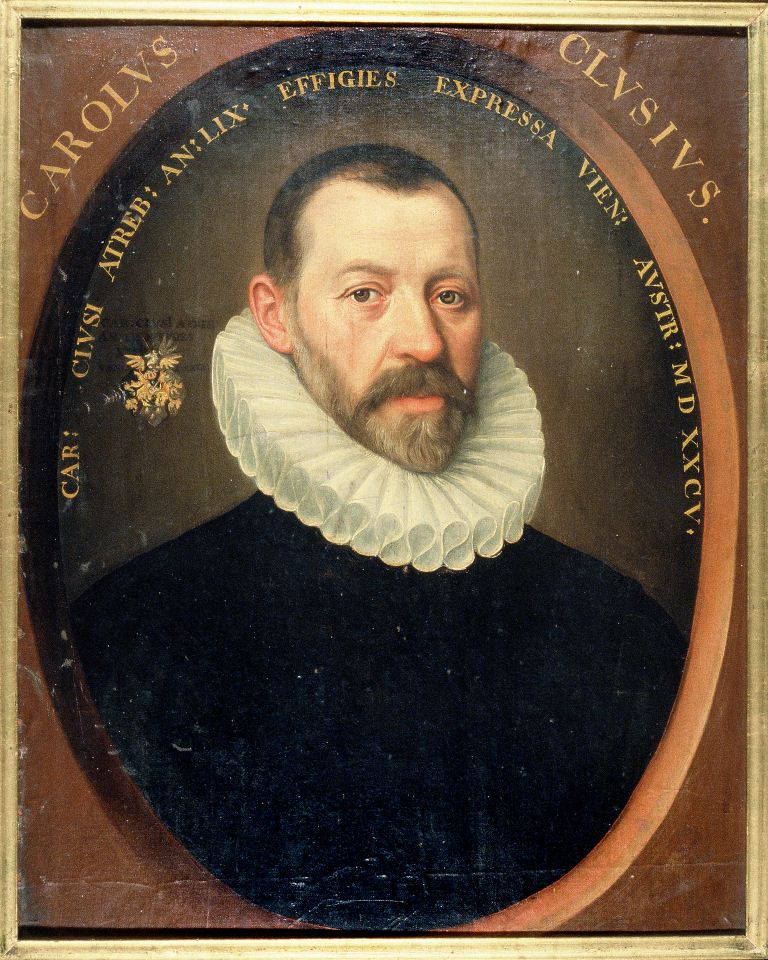
In the 1560s, Employed by the Augsburger banking dynasty, the Fuggers, as a tutor to one of the sons of Aton Fugger (1493–1560), he undertook a plant collecting expedition to Spain, which resulted in his, Rariorum alioquot stirpium per Hispanias observatarum historia: libris duobus expressas, published by Christoph Plantin in Antwerp in 1576. Whilst in Spain, he also took the opportunity to question those travellers returning from the Americas about the flora of the New World.
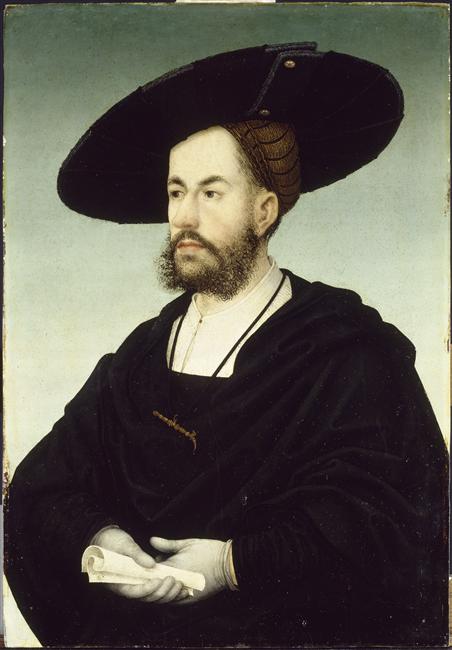
In 1573, he was appointed director of the imperial botanical garden in Vienna by Emperor Maximilian II. Here, he used the opportunity to carry out an extensive survey of the flora of Austria. This included ascents of the Ötscher and Schneeberg mountains in Lower Austria in order to study their botany. This knowledge flowed into his Caroli Clusii Atrebatis Rariorum aliquot stirpium: per Pannoniam, Austriam, & vicinas quasdam provincias observatarum historia, quatuor libris expressa also published by Christoph Plantin in 1583. Pannonia is the Roman name for the western part of Hungary
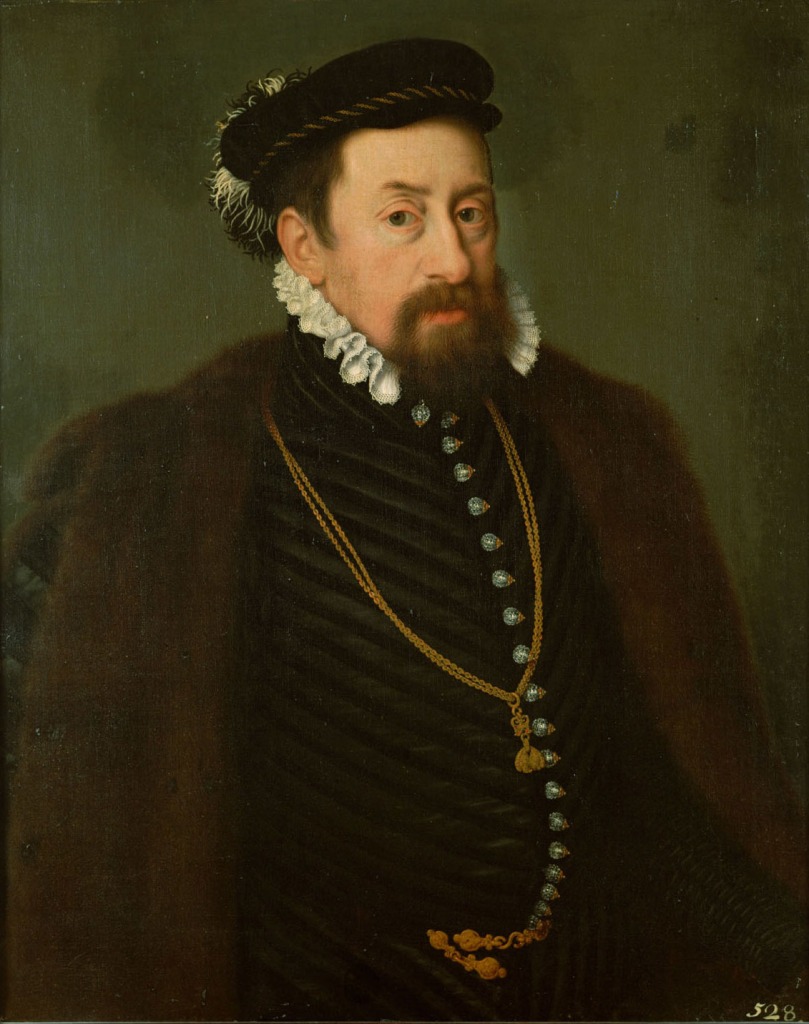
He continued his botanical surveys in the area around Frankfurt am Main, where he resided from 1587 to 1593, then he was appointed professor of botany at the University of Leiden, where he established the Hortus Botanicus, the oldest botanical garden in the Netherlands.
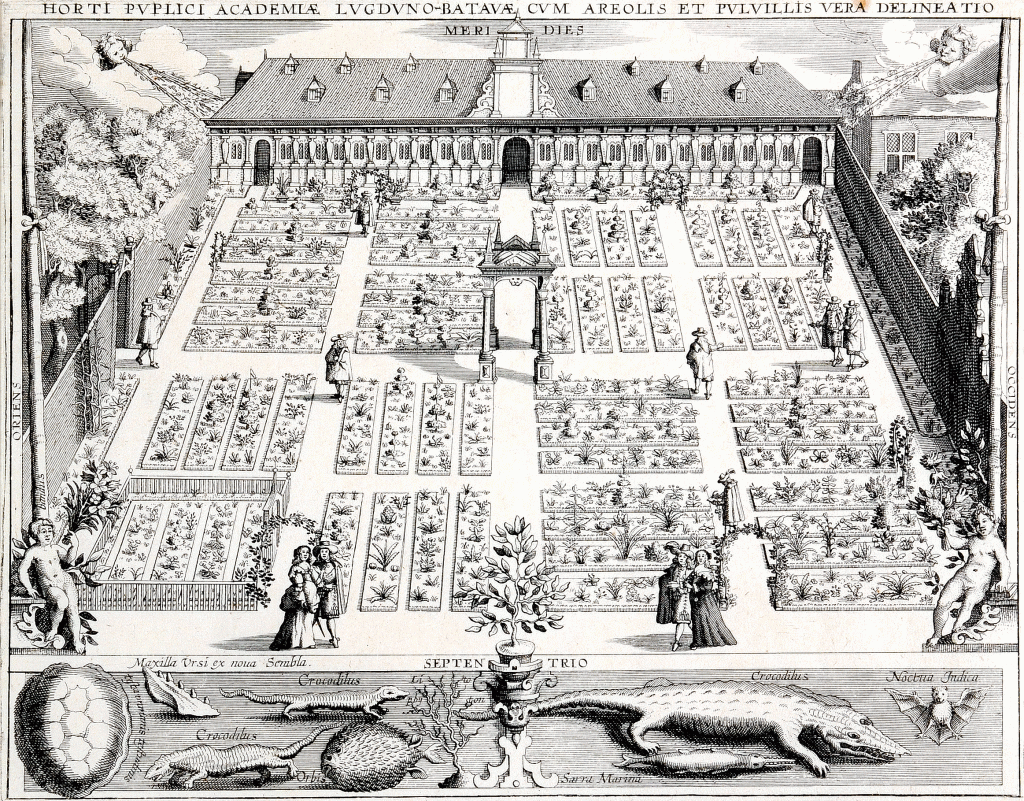
As well as his longer periods in Spain, Austria, and Frankfurt, Clusius also travelled extensively throughout Europe observing and collecting botanical data wherever he went. He travelled to England four times:
Rarer but important were long-distant journeys to visit colleagues. Often, combined with herborizing, such trips could take weeks or months. Clusius, ever the restless soul, made four trips to England in the course of his career–twon in 1579 and 1580, when he was residing in Vienna. On the second, he had originally planned to go only as far as the Netherlands, but on learning that Francis Drake’s expedition had returned to Plymouth after circumnavigating the world, he took ship across the Channel to meet the explorer and his crew. In his Exoticorum libri (1605), Clusius described many of the objects he had acquired on that trip, including a root that he named after Drake. En route, he visited friends, colleagues, and patrons, including Wilhelm, Landgrave of Hessen, noted for his interest in the observational sciences.[1]
In terms of his wanderings, Clusius, whilst, here given as an example of the travelling botanist, is exceptional, other physicians and proto-botanists also travelled throughout Europe and also further afield, observing and recording the flora in the regions that they passed through. They transmitted the information that they thus acquired to other interested colleagues throughout Europe by publication or by correspondence. The latter brings us to the other widespread method of acquiring botanical knowledge from outside of your own locality, the botanical Republic of Letters.
There were no scientific societies or scientific institutions other than the universities but the herborizing and botanising physicians, apothecaries and fellow travellers formed a Europa wide community via their republica literaria. In the first instance this referred to those who had published on materia medica, herbals or other botanical works but it also referred to the extensive exchange of letters between these practitioners. Returning to Clusius, as well as being a constant traveller, was also an inexhaustive letter writer corresponding with fellow botanists all over Europe and beyond. His surviving correspondence numbers about 1500 letters from 320 correspondents in six languages between 1560 and 1609.
Clusius was by no means unique in the scope of his correspondence. Conrad Gessner (1516–1565), who was one of Clusius’ correspondents, had an even bigger circle of correspondents, who supplied much of the natural history information that landed in his publications. Many others we have encountered, including Felix Platter (!536–1614) and Joachim Camerarius the Younger (1534–1598) had large correspondence circles. As in other areas of the Republic of Letters, recipients of letters often passed on the information that they contained to their own circle of correspondents and also locally by word of mouth. Interestingly, the students of medicine, from all over Europe, studying at the major university medical faculties in Norther Italy, Montpellier and later Leiden, often acted as postal couriers carrying letters and packages in both direction between hometowns and universities. Through these exchanges the newly acquired botanical knowledge permeated the whole of Europe.
As well as illustrations and verbal descriptions the postal missives often contained herbaria, seeds, bulbs, or even complete plants thus enabling botanists to extend their public and private botanical gardens beyond the local. Clusius notoriously commissioned imperial representatives in Constantinople to supply him bulbs for his imperial botanical garden in Vienna.
Gessner described tulips flowering in the garden of Heinrich Herwart in 1559. However, it was Clusius, who having planted tulips in the imperial botanical garden in Vienna in 1573, who published the first major work on tulips in 1592, planting them in the Hortus Botanicus in Leiden in 1593. This was the start of the tulip mania, which culminated in the massive financial crash in the tulip market in 1640.
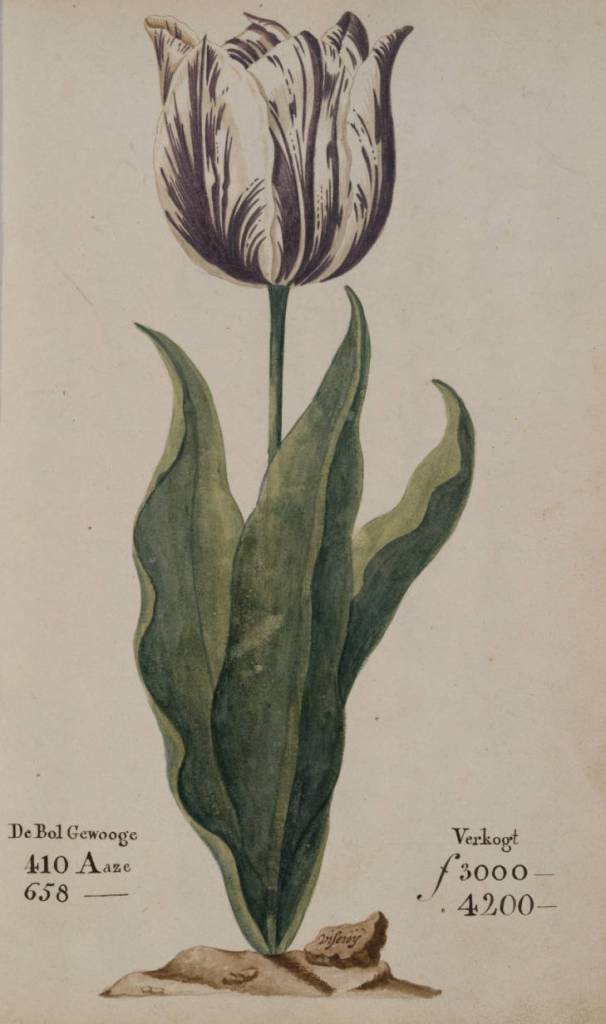
This notorious episode is symptomatic of a change in the botanical Republic of Letters at the end of the sixteenth century and beginning of the seventeenth century. Throughout the sixteenth century the exchange of seeds, bulbs, and plants was carried out on the basis of friendship and common interest, without money being involved, By the turn of the century a flourishing commercial market in plants and flowers had begun to develop throughout Europe of which the tulip mania was the most extreme development.
[1] Brian W. Ogilvie, The Science of Describing: Natural History in Renaissance Europe, University of Chicago Press, Chicago and London, 2006, ppb 2008, p. 77